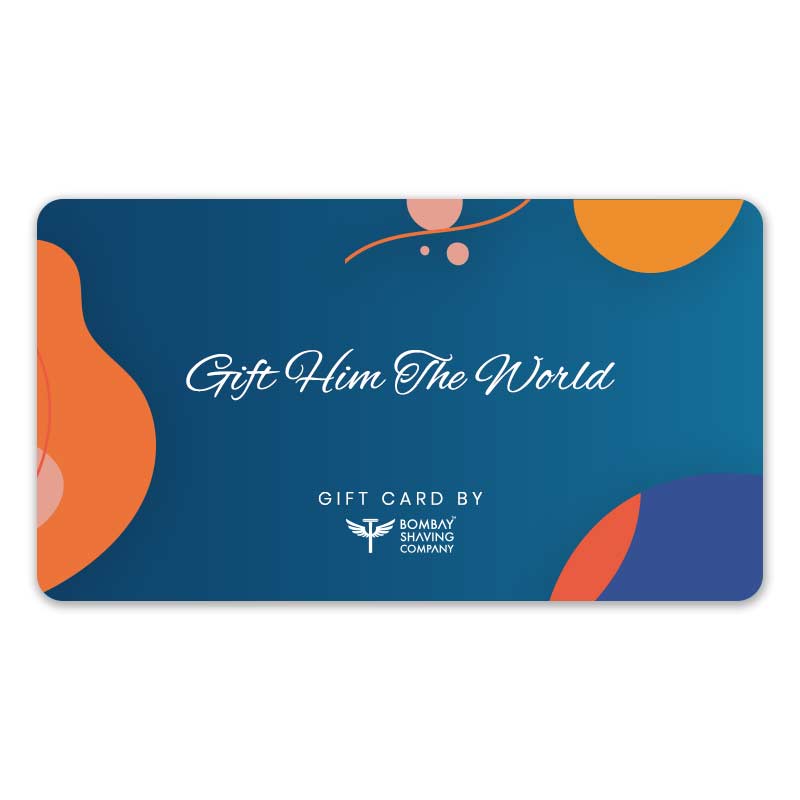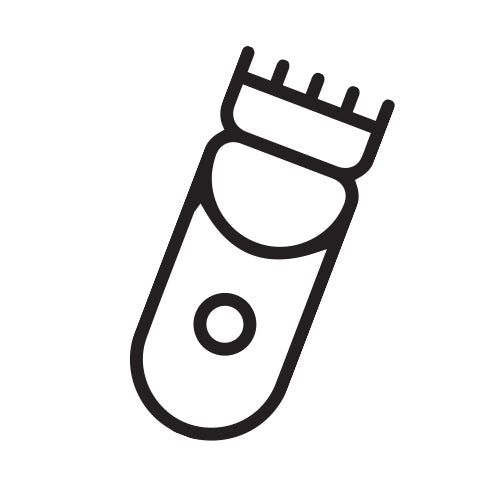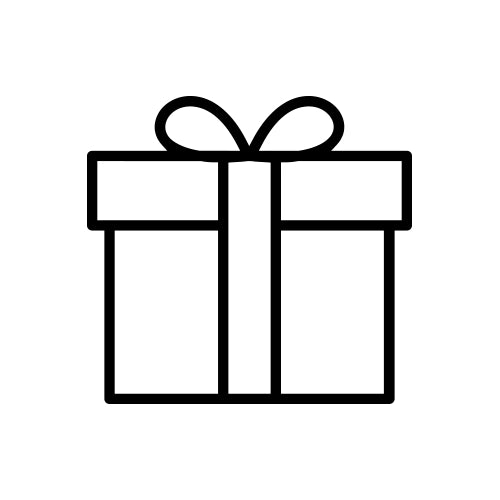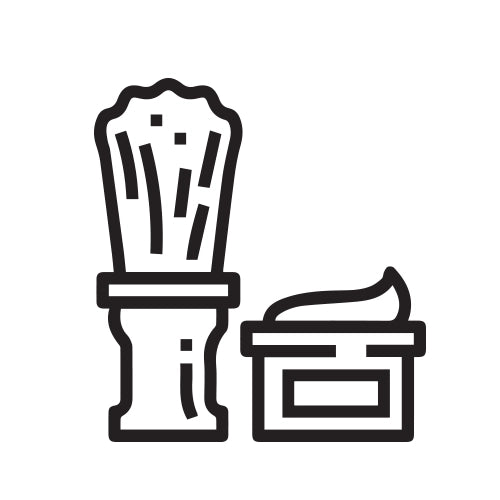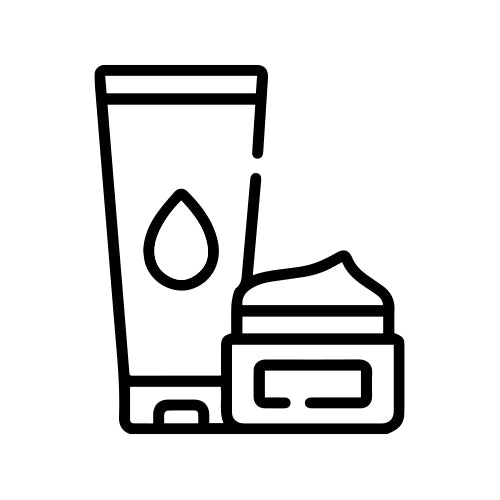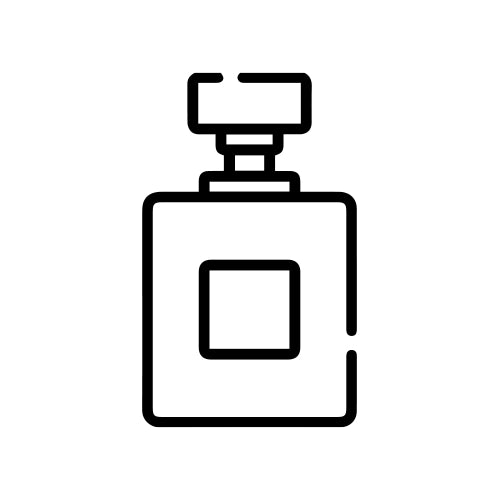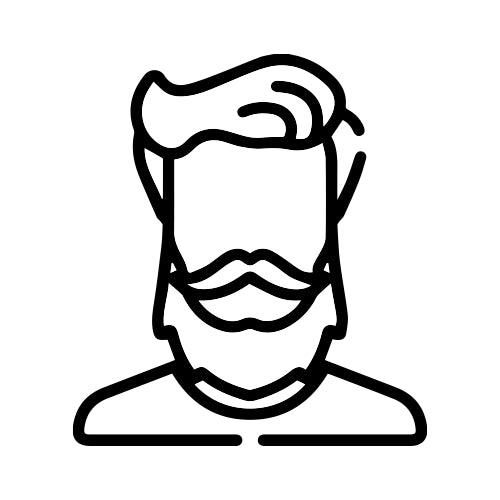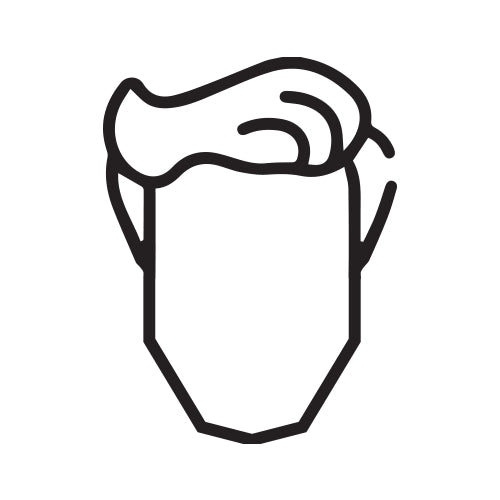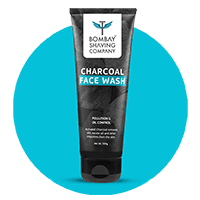Human face is like a canvas and like every artist we strive to create our own identity by adding new elements on it. Women are more expressive on this front and do so with the help of makeup, hairstyles, tattoos, piercings and managing facial hair. On the other hand, men are more conservative in letting their guards down, and stick to experimenting only with hairstyles and facial hair (a moustache or a beard). Notwithstanding, both hairstyles and beard styles can really add to one’s personality if they are customized to suit one’s face. This makes it extremely important for you to identify your face shape and go for styles that make you look good.
STEP 1: UNDERSTAND YOUR FACE

The first step into finding your face shape is to understand the cross-section of your face. Your face can be divided into three parts horizontally and one part vertically. These are your forehead, the breadth of your face or your cheekbones and your jawline. The vertical part is simply the length of your face from top to bottom.
STEP 2: MEASURE YOUR FACE
Once you understand the four parts of your face, it’s easy to measure them, either with a measuring tape or simply with your fingers. Doing it with a measuring tape will ensure more precision, so we suggest you take down notes for reference. If you are confident about your estimation skills, measuring your face with your hands is the easiest way to circumvent any complications and confusions.
Measuring the forehead

Place the edge of your measuring tape on the left side of your hairline and draw it towards the right side of your hairline.
Measuring the breadth of your face

Identify the highest part of your cheekbones by feeling both sides of your face. If you’re unable to make out the exact spot, gently run your fingers down the edges of your eyes and you’ll feel a high point beyond which the contours will begin to slide downwards. Take the measurement from the highest point on the right to the highest point on the left.
Measuring the jawline

Measure from the centre of your chin to the area where your jaw angles upwards, below the left ear. This is one half of your jawline, so either repeat the same process on the right side as well, or simply double the measurement from one side.
When doing it with your hands just measure the cross section of your jawline with your middle finger and thumb horizontally. You’ll be amazed how accurately this can help you identify your face shape.
Measuring the length of your face

Measure top to bottom from the centre of your hairline to the last point of your chin.
What are the different face shapes?
Face shapes can be broadly divided into 8 categories under 2 basic structures, based on multiple combinations of the above measurements. This is not an exhaustive list and we don’t claim that these are the only face cuts in the human race. It’s purely based on the most common face shapes around the world.
When Length = Breadth
There are two face types where the face is as long as it is wide. So, they resemble the two most symmetrical geometrical designs of round and square. However, the two differ in the jawline and the angles they form at their edges.
Round Face
A round face has similar measurement of the length and cheekbones. The forehead and jawline, while usually smaller than the cheekbones, also have similar measurements. A round face will always have rounder edges on the jawline.

Square Face
A square face, like a round face, also has similar measurements of length and breadth of the face. The jawline will be the widest part of the face and will have more angular edges.
When Length > Breadth
The most common proportion of a human face is when the length of the face is bigger than the width. This leads to multiple permutations and combinations and hence different face shapes in this category.

Rectangular Face
If the forehead, cheekbones and jawline are fairly equal to each other, and the jawline has a straight angular cut, sometimes leading to an almost flat chin, it is safe to call the face shape rectangle.

Oblong Face
When the face, just like a rectangular face, the forehead, cheekbones and jawline measure the same, but the angle at which the jawline moves up is more rounded than sharp, then then the face shape is oblong.

Diamond Face
A diamond face has a narrow forehead that measures almost the same as the jawline, but has wide cheekbones. The chin is quite prominent among this category of face shape and meets the jawline at a sharp angle.

Oval Face
Just like a diamond face cut, an oval face has narrow forehead and jawline measuring almost the same, with wide cheekbones. The only different is that the jawline is rounded at the edges, leading to a heavy look at the base.

Heart Face
A heart face has descending measurements of forehead, cheekbones and jawline, meaning the forehead would be the widest part of the face, followed by the cheekbones and a narrow jawline. The chin is usually sharp and small.

Triangular Face
Consider this to be an inverted heart. The widest part of a triangle face is the jawline, followed by cheekbones and a narrow forehead. The jawline is usually flat.
IN SHORT...
Once you know your face shape, you can play around with your beard and hairstyles by donning the one that creates a balance in your face. For instance, if you have a heart face and you decide to go for the popular ducktail beard style with longer hair around your chin, you will end up making your face look too long for aesthetics. Happy styling!


